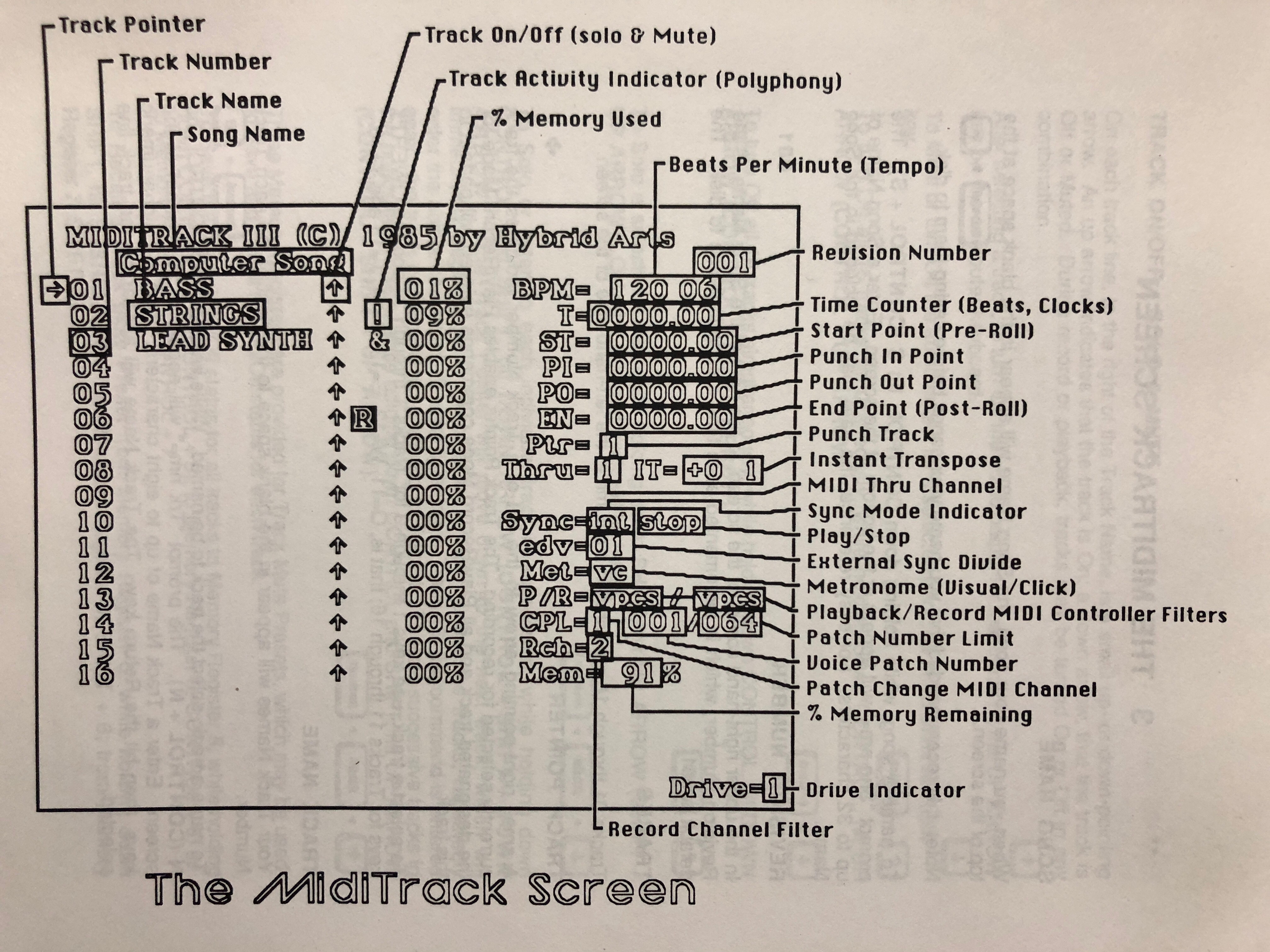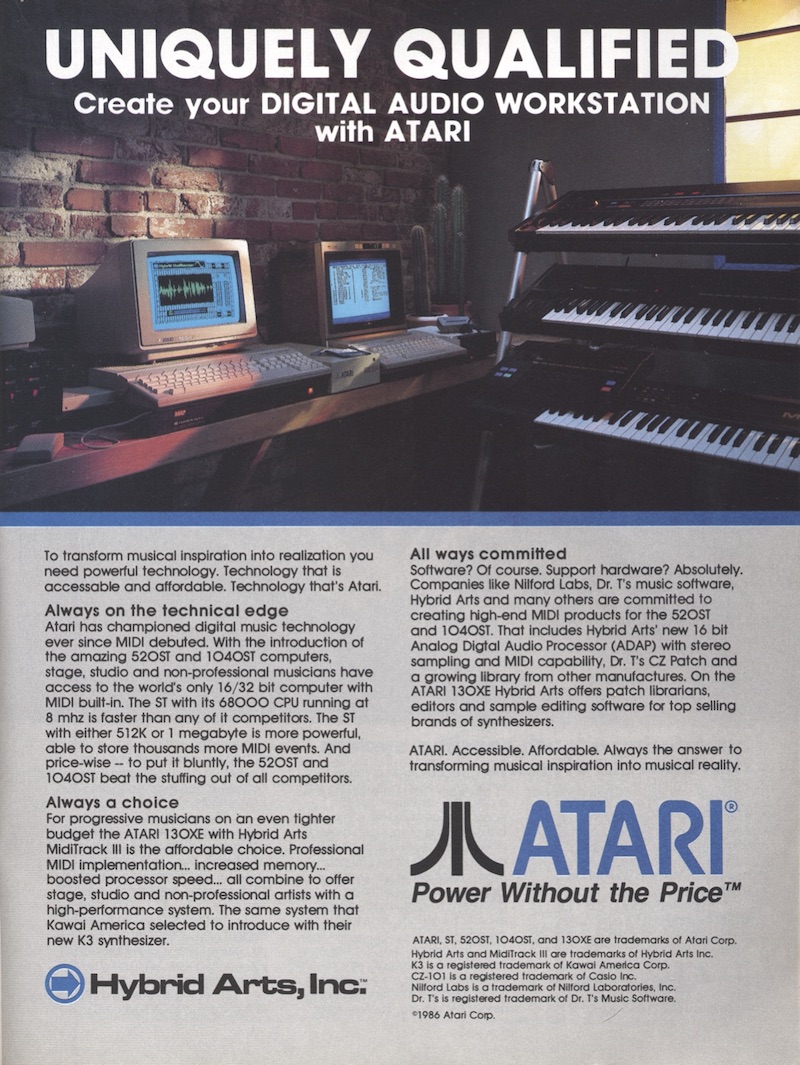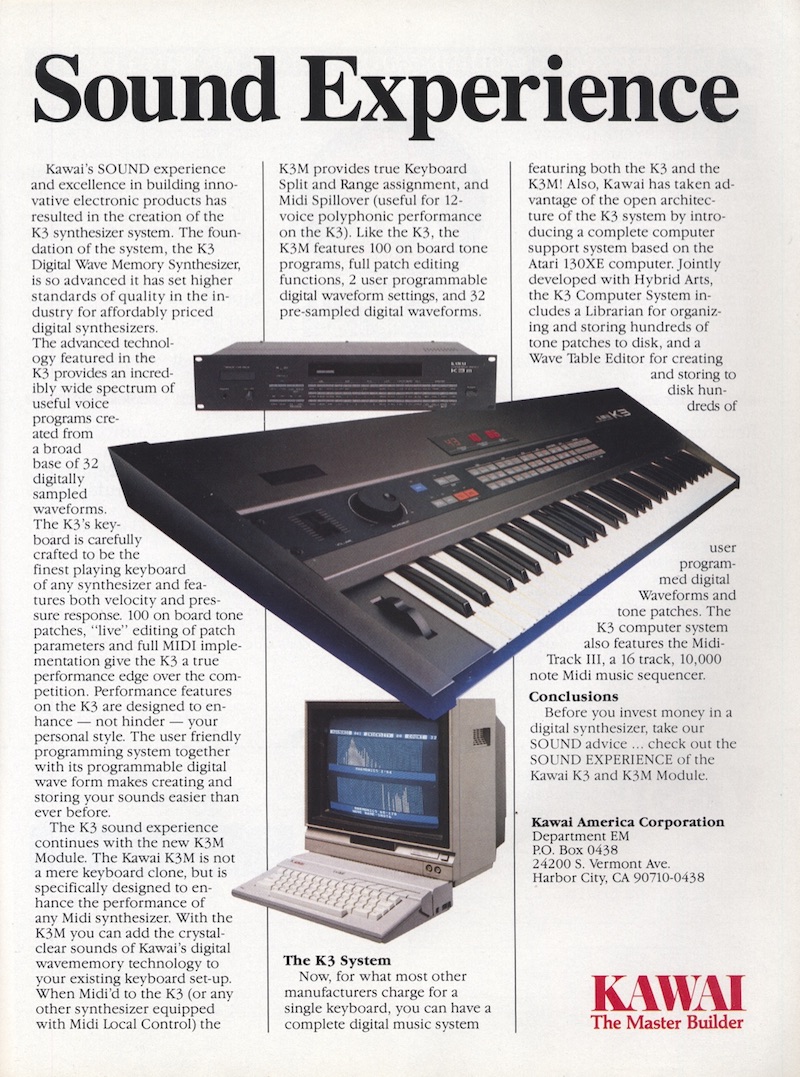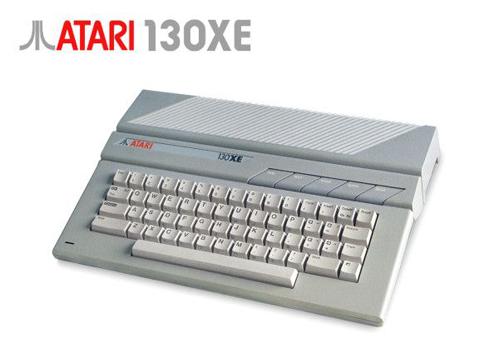Posted by: chrisNova777
« on: February 07, 2019, 12:28:50 AM »https://www.pinterest.ca/pin/357402920399900007/
another ad that shows the XE, the ad is an ad for the hybrid arts midi track III package

another ad that shows the XE, the ad is an ad for the hybrid arts midi track III package





